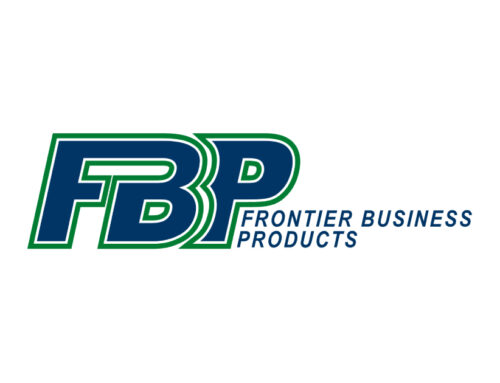Small and medium-sized businesses (SMBs) are constantly looking to new technology to create a workforce that is more productive, more efficient, and more innovative. In addition, the rising trend of remote workers has led to an increased demand for on-demand data: data that is accessible at any time, from anywhere. David Klein, Director of Marketing for the timesheet management software ClickTime, defines productivity as “the strategic alignment of vision, focus, and technology.” Identifying technology solutions that unlock these attributes and enable true productivity, all while staying under budget, is a goal of all SMBs. Here are some ways today’s technologies help increase the productivity of your business:
Connect Dispersed Workforces
As in-house staff levels contract and the mobile workforce expands, businesses are making due with a smaller physical office spaces. More and more companies are giving their employees the option to work offsite, allowing them to save money on the overhead required to maintain large workspaces. This option also allows hiring managers to cast a wider net into the talent pool, increasing the odds of finding a well-qualified candidate. Productive employees need instant access to business information, data, and their team; mobile-friendly technologies are a sure-fire way to provide that.
Enable Collaboration Tools
Collaboration is essential to business, but employees don’t have to be in adjoining cubicles to achieve it. With the abundance of free applications like Google’s cloud-based suite of products, staff members working from remote locations can collaborate and share documents easily. Custom cloud solutions offer more robust solutions with greater security for sensitive data. UC systems allow for various types of communication- so you can choose which would be the most effective: a phone call, an instant message, a conference session, or video chat. Customer Relationship Management (CRM) systems like Salesforce, Zoho or Insightly allow your sales team to save time by keeping track of the status of a prospect in one shared location. These solutions increase consistency in your customer relations, which, in turn, increase productivity and profitability.
Get Organized
Countless hours can be wasted searching through spreadsheets for information stored in large data sets, some of which are only accessible via desktop. Investing in a database system that allows your staff to easily add and access data pays for itself in efficiencies. For example, a cloud-based time tracking software such as ClickTime allows on-the-road employees to keep track of their hours, mileage, and expenses, all in one place. Tracking solutions such as these keep the mundane yet critical information accurate and in one place, which helps managers, employees, and clients remain compliant, well-informed, and productive.
Be Reachable
Make sure your remote employees are armed with updated mobile devices and the support solutions to keep them connected. A missed call can mean a missed business opportunity. Invest in a business phone system with UC so you can take advantage of the features that keep you connected. Voicemail to email, find-me-follow-me, softphones, and work caller ID are all features that ensure employees never miss an opportunity, all while maintaining a consistent level of professionalism.
Know Your Pain Points
Make a careful assessment of your company’s greatest productivity challenges. For example, dealing with slow or obsolete technology or throttled Internet bandwidth can slow down even the most productive employees. Develop a plan to proactively upgrade hardware and software on a regular basis before it slows you down and breaks the budget.
Explore Virtualization
Extend the lifespan of older desktop computers by virtualizing operating systems on offsite servers. Virtualization helps lower hardware maintenance costs and capital expenditures by reducing the frequency of required upgrades, in addition to saving costs on service upkeep. If you already have a virtualized environment, add things such as your phone system to it to save even more and increase business redundancy. It’s hard to be productive during a power outage, and downtime is expensive, so having a virtual copy of your infrastructure can get your team back up and running instantly.
Trust The Experts
Instead of attempting to be the jack-of-all-trades around the office, be the master of one: managing your business. All kinds of services and processes can be outsourced, but as a general rule of thumb, anything outside of your scope of expertise or anything that can’t be automated should be outsourced. Keep yourself and your employees focused on the job you hired them to do and trust the experts to handle things that are over your head or out of your control.




